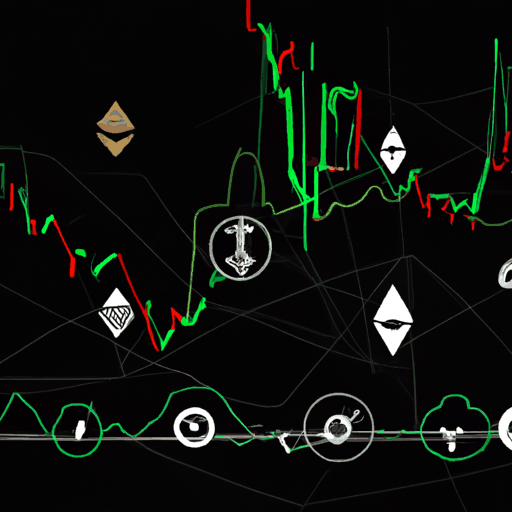
Pump Continues To Generate Impressive Revenue Despite Market Challenges
By: Eliza Bennet
Pump, a blockchain platform known for its innovative approach to tokenomics, has been in the spotlight for its remarkable revenue creation. Recently, it emerged that the platform generates a substantial $10.2 million in weekly fees, which positions it among the top 20 in global crypto fee rankings. The impressive financial performance is primarily attributed to PumpSwap, Pump’s native decentralized exchange (DEX), illustrating the platform's robust business model.
The mechanics behind Pump’s revenue involve a strategic plan, where 50% of all fee revenue is generated, and notably, 25% of swap fees are used for PUMP buybacks. Despite the substantial revenue figures, the market sentiment around PUMP remains tepid. Trading currently at approximately $0.0036, PUMP is still 20% below its initial coin offering (ICO) price, reflecting a lack of momentum and the impact of early investors selling off their stakes.
The overall market perception is further challenged by Pump’s fully diluted valuation, which stands at an impressive $3.6 billion, nearly triple its current circulating market cap. In comparison, its competitor, BONK, boasts a $2.93 billion market cap with a more decentralized holder base, even though it generates lower weekly fees. This disparity underscores the critical importance of token distribution strategies, as Pump initially set aside 18% of its supply for private investors, unlocking it all on day one, impacting its market perception.
While Pump’s revenue generation demonstrates a healthy business model, its narrative in the crypto community requires bolstering. Meanwhile, BONK's community-first token allocation continues to attract retail traders and bolster its market appeal. Though Pump started with a modest seed valuation of $12 million, representing a 322x increase in value, its impressive revenue trajectory needs to be matched by strong community support to close the gap between its financial performance and market valuation.



